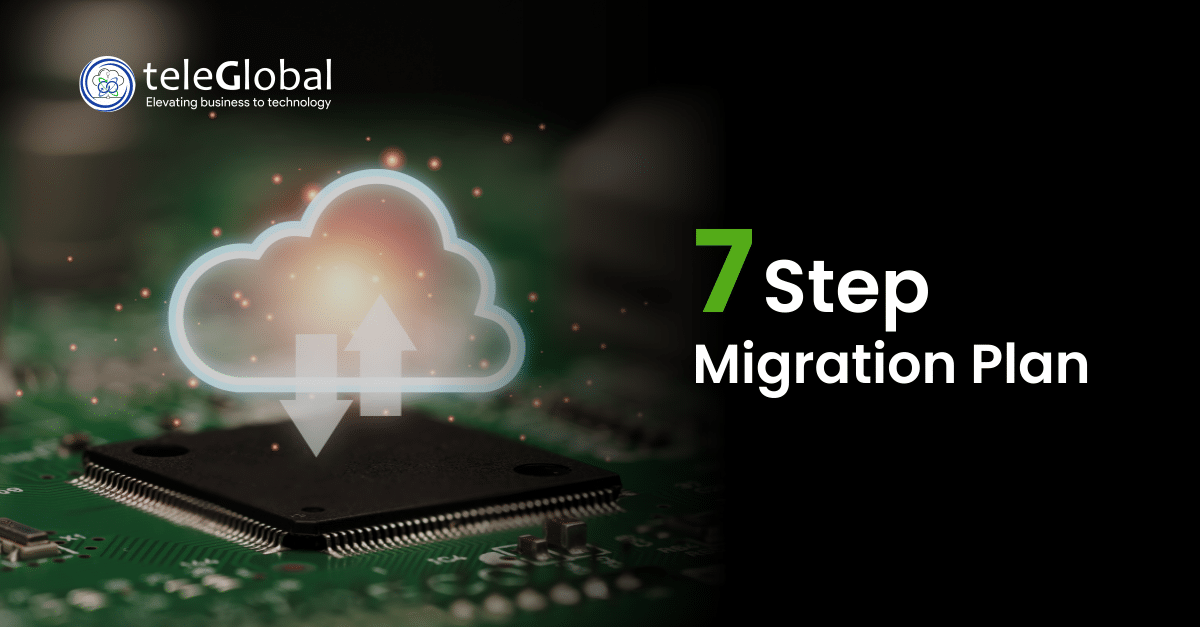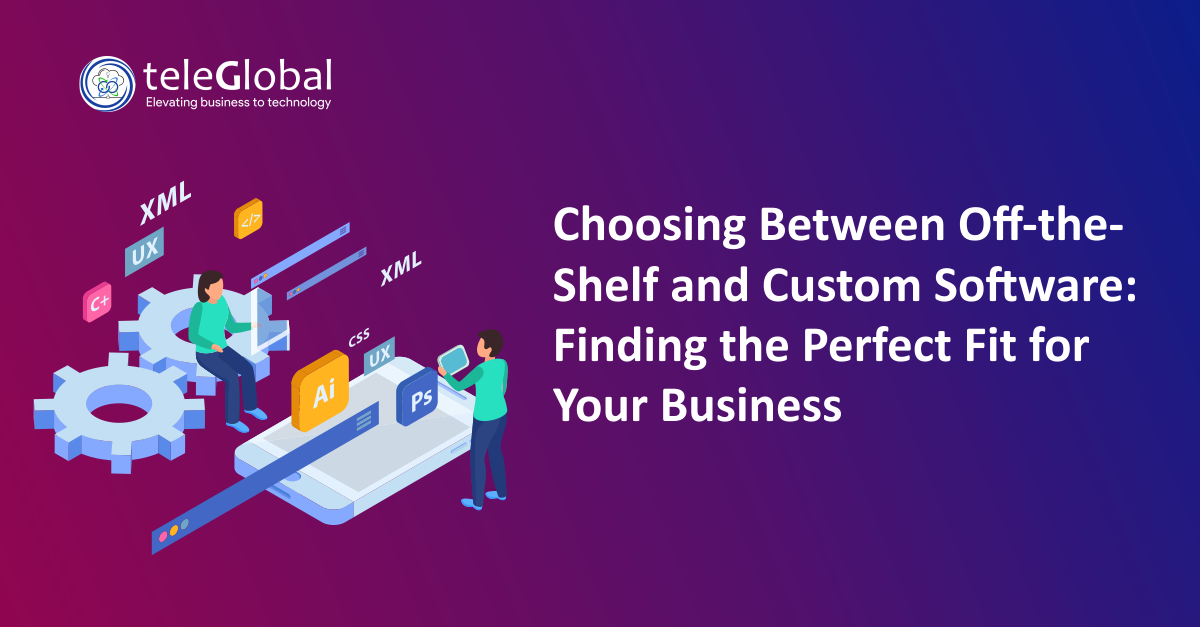
Seven steps to a successful cloud migration
Businesses migrate to the cloud to trim costs while enhancing efficiencies, but all too often organizations fail or enjoy only limited success with their migration. Over the course of our many projects, Teleglobal’s cloud managed services experts have evolved a proven framework to ensure your cloud migration is successful. Now you can benefit from our learnings too. Here is our 7-step process:
1.Nominate a migration architect and define their role
You need someone at the architect-level to plan and ensure execution of the migration roadmap: this is your migration architect. Their responsibilities include making any necessary refactoring, planning data-migration strategy, identifying cloud requirements, and establishing priorities and switchover process.
2.Decide level of integration
This means choosing between shallow- and deep-cloud integration. With the former you’re merely replication your on-premises environment to the cloud with no infra-changes—or very minimal ones. Also known as ‘lift-and-shift’ this approach doesn’t really leverage cloud services, as the applications are moved to the cloud as is.
With a deep cloud integration, application are modified to leverage cloud capabilities. This can range from simple auto-scaling and dynamic load balancing to serverless computing, using solutions like AWS Lambda, or usage of cloud-based data storage, e.g. Amazon S3 or DynamoDB.
3.Decide on single- or multi-cloud
While choosing to work with one cloud provider means you have just one set of cloud APIs to master, it also means you’re virtually locked in with one vendor. Moving to a different vendor will involve the same amount of effort as your original migration.
Going with a multi-cloud approach avoid this, but there are different permutations here too: You could run your applications on different providers, so you can optimize applications as per the vendor. Or you can run specific parts of your application on specific providers, to better leverage the strengths (for instance, ML/AI capabilities, data base speeds, etc.) of the provider in question.
You can also choose to build your applications to be cloud agnostic. This way you can easily shift from one cloud provider to another. The disadvantage is that you may miss out on certain core capabilities of the cloud providers.
4.Set down KPIs
It’s more than likely that you already have metrics in place to map the performance of your applications, but you also need your KPIs to flag problems within your applications. And of course, with proper cloud migration KPIs you will be better placed to know when your migration is successfully complete. Remember to establish KPIs according to categories. For e.g.: User Experience KPI’s could be: Lag/Load time of the page, Response time, Session time; App performance metrics include: Error rate, availability, and throughput. Infrastructure performance can be measured via CPU percentage use, disk performance and memory use. Finally, to measure business engagement, use metrics for cart additions, conversions (%) and engagement rates. Besides these are are other metrics that you can use to measure performance.
For more information or assistance, you can get in touch with Teleglobal using the form provided below. Our experts will be happy to help.
5.Plan component migration priority list
To do this effectively you must which services are dependent on which other services (or use service maps to crate dependency maps) These will tell you the order of component migration. For best results start with the services that have the least dependencies, usually internal ones, followed by ones closer to your customers. On the flip side, you can begin with the outermost services first, so you have better control on any customer-facing impact.
6.Make a plan for migration of data
Data migration can be a tricky business, as data location has a direct bearing on application performance. For instance, migrating data while data access processes are still on premises, or vice versa. You can tackle this in the following ways
- Bi-directional syncing between databases that are in the cloud and those on premises. Post migration the on premises data base can be nixed.
- Allow users to connect only to on-premises version with access via one way synch to a cloud database. Once migration is complete enable cloud access and disable access to on premises database and the cloud database automatically becomes you main database.
- Utilize specialized data migration services offered by cloud providers like AWS
It goes without saying that your migration architect needs to be highly involved in the entire migration planning process to it meets expectations.
7.Switch over production
The complexity of your architecture, especially data and data stores, will largely dictate when and how you move your production system to your cloud from your legacy solution. There are two ways to do this:
En masse: Once you’ve moved your application to the cloud and tested that it works fine, simply switch traffic to your new cloud stack.
Piecemeal: With this approach you move customers in batches, test to ensure everything’s working fine, and then move the next batch… until everyone has been moved over to the cloud based solution.
While these should be the main items in your migration prep checklist, there are many other aspects you should consider, such as the security of your cloud, infrastructure requirements, cost, etc.
As an independent cloud migration consultant Teleglobal is uniquely placed to offer the best cloud managed services benefits for your needs. Contact us today for an in-depth consultation.







































